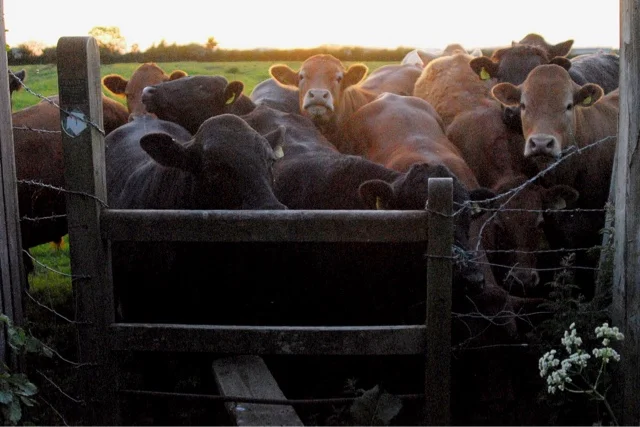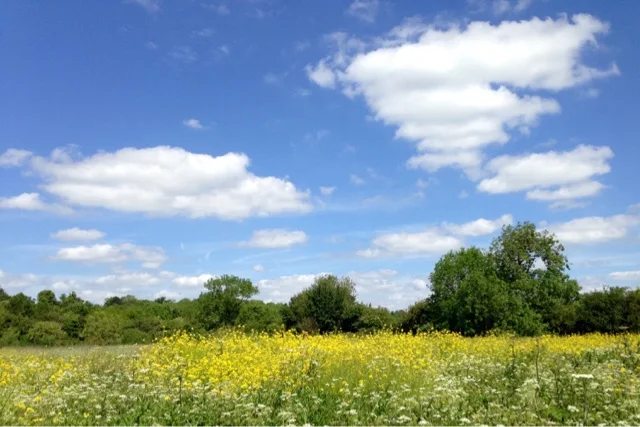There is something strangely and immensely edifying in being implicated as a “moron” by a former adviser to arch war‑criminal and Thatcherite (I honestly don’t know which of these two traits is worse; or has caused most lasting human damage…) Anthony Charles Lynton “get a transplant” Blair – the man who tried to put both the hyphen and hatchet into socialism.
It must, I imagine, feel similar to being savaged by moist cotton-wool; or, perhaps, being on the receiving end of an Internet troll (a creature that only exists to be ridiculed pitied) – especially one who you know (simply from their existence) to be ignorant, irrelevant, and arrogant: i.e. not in possession of either the facts, or any sort of sympathy (let alone empathy) for those less fortunate (if you can describe someone as such who probably does not rank very high on the evolutionary scale, or have much nous).
Trolling of any sort, though (however sad its proponents) – like so many pathetic demands for attention – is, in reality, an offensive, although pointless, pastime: which ranks (both senses), in intention (if not effect), at exactly the same level of iniquity (as well, of course, of stupidity) as the disability hate crime I recently experienced (and which has been efficiently and thoughtfully dealt with, now, by the Police: who continue to offer their sterling support…). And it makes no difference who partakes in such infantile bullying: megalomaniac ex-PM, or the local pub bore. They should both be ignored equally.
It is, of course, their own counsel such poorly-endowed pillicocks should really be paying regard to… – although I am not convinced of the value of donating a heart to someone who appears not to currently have the use of one (or indeed any actual values…). And, although I am not religious, the caution to “Judge not, that ye be not judged” does seem quite apposite, here – knowing that many who taunt and attack, for example, supposedly “feckless, workshy scroungers”, will one day come to regret (if they are capable of such an emotion) their actions when they find themselves disabled and/or jobless: the leaky shoe now on their afflicted foot; and on the receiving end of spookily familiar physical and verbal vitriol. (How very sad.)
What this tirade is leading to (as you may have guessed – another helpful hint is in the above graphic) is a declaration that I shall be wielding my vote in Labour’s leadership contest – both with my fully-functioning heart and highly-intelligent head – in favour of Jeremy Corbyn: proudly, sincerely, and joyfully, wearing my red Labour: I prefer their early work T-shirt as I do so (perhaps over my purple Barney costume). Anything else would be “moronic”: a sop to the Tories and to “austerity lite” – i.e. contributing to negating the future of those not in the richest one percent: the sort of people who think nothing of paying $50,000 to take a life, for example.
Such pandering faithlessness would also, of course, prioritize the simplistic, solipsistic greed to win, to achieve power – at all costs? – over the genuine need to legislate based on belief, care, and duty. This avarice may be the short-termist modus operandi of present politics, present government (which is probably the paradigm that the excrementitious bugaboos who stalk the ’Net – and inhabit the right-wing media – so thoroughly delude themselves in emulating); but it is not my way; nor that of anyone who has both sense and sensibility (not to mention plain common decency…).
In other words, just because “you are 80 per cent cow” does not mean that you should be part of the unthinking herd jostling towards the same slaughterhouse of failed ideas (or an uninvited bull shitting in an intellectual china shop); nor should you fail to wake up to the fact that, as a species, it is “the social genome” – and not the selfish gene – that has made humans (so far, reasonably) successful.
We would be nothing without altruism and cooperation: and should therefore ignore the frequent narcissistic tales told by idiots – wherever they issue their crass, negative convictions – “full of sound and fury, Signifying nothing”; and seek – and choose – our principals accordingly: with minds (and souls) fully and positively engaged.














